

AI Powered app helps YouTubers respond to user comments quickly and efficiently. It also offers comment analytics, including emotions and sentiment categories, and allows for easy visualization of key topics.
Linguee is an innovative machine translation platform that offers instant access to countless bilingual texts and translations in over 100 languages. With its user-friendly interface and accurate results, Linguee has become an essential tool for language learners, professionals, and individuals seeking to communicate effectively across different cultures. This exceptional resource allows users to easily navigate the intricate nuances of language, providing them with a comprehensive understanding of vocabulary, grammar, and syntax. In this way, Linguee has emerged as a powerful ally in promoting cross-cultural communication and multilingualism.
AWS Translate is an innovative natural language translation service that helps applications to translate text into different languages quickly and easily. This cutting-edge technology is designed to provide fast and reliable translations, making it a valuable tool for businesses looking to expand their global reach. With AWS Translate, users can easily convert text from one language to another, allowing them to communicate effectively with customers, partners, and colleagues from around the world. This service offers an efficient and cost-effective solution for companies looking to overcome language barriers and streamline their operations on a global scale.
Turing-NLG is an innovative Natural Language Generation (NLG) system developed by Microsoft as part of the Project Turing initiative. It enables machines to generate human-like natural language from structured data. This technology has the potential to revolutionize the way humans interact with machines and how machines process information. With its ability to quickly generate natural language output, it can provide users with more accurate and meaningful interpretations of data. This technology could be used in a variety of applications such as personal assistants, search engines, and automated customer service agents.
Google BERT is Google's latest artificial intelligence technology specifically designed to improve natural language processing. BERT stands for "Bidirectional Encoder Representations from Transformers" and is an open-source model based on transformer architectures. It is the answer to GPT-3, an AI model created by OpenAI, and has the potential to revolutionize the way machines process language. With its impressive capabilities, BERT has the potential to significantly improve search engine results, comprehend customer service inquiries, and provide better insights into text-based data.
ChatGPT is a new and improved artificial intelligence system that specializes in dialogue. It has been optimized to answer followup questions, admit its mistakes, challenge incorrect premises, and reject inappropriate requests. ChatGPT is an exciting breakthrough for those interested in conversational AI, as it offers a unique and efficient way to communicate with computers. This technology has the potential to revolutionize how people interact with machines, making it easier and more natural than ever before.
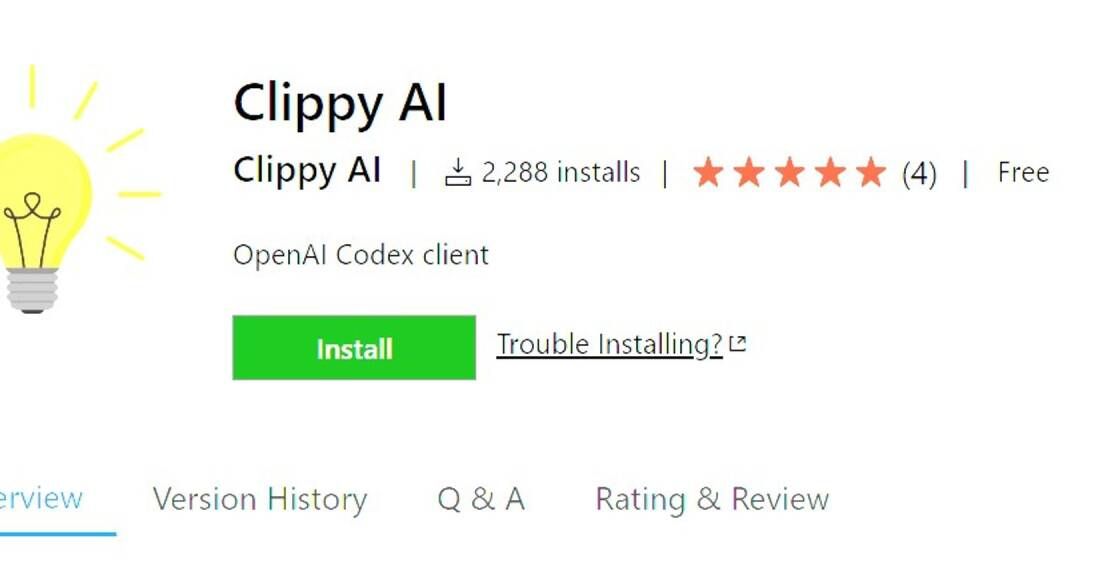
Clippy AI
AI-Powered Writing Assistant
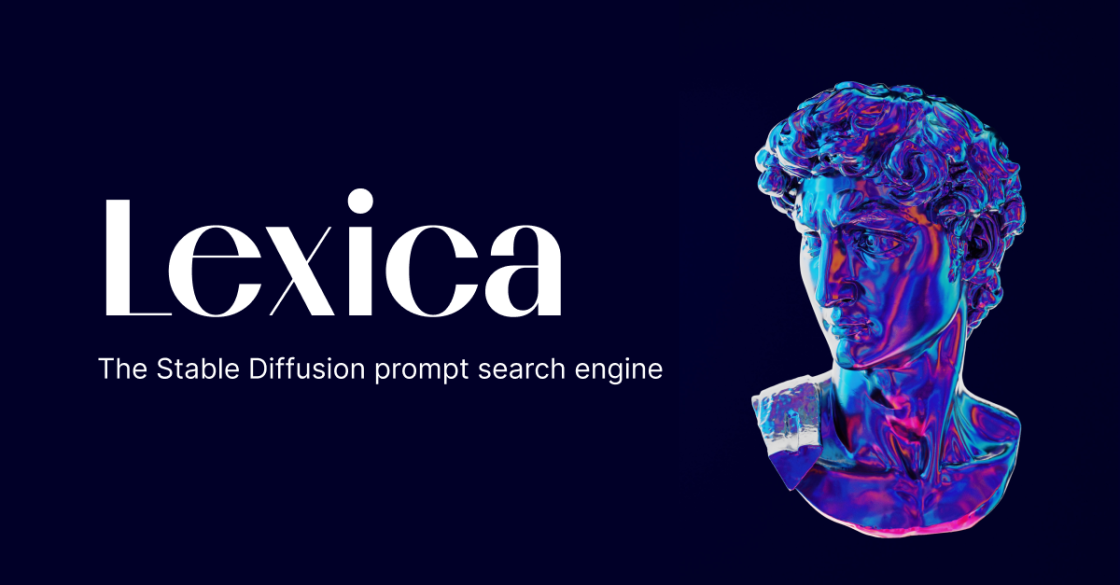
Lexica
The Stable Diffusion search engine.
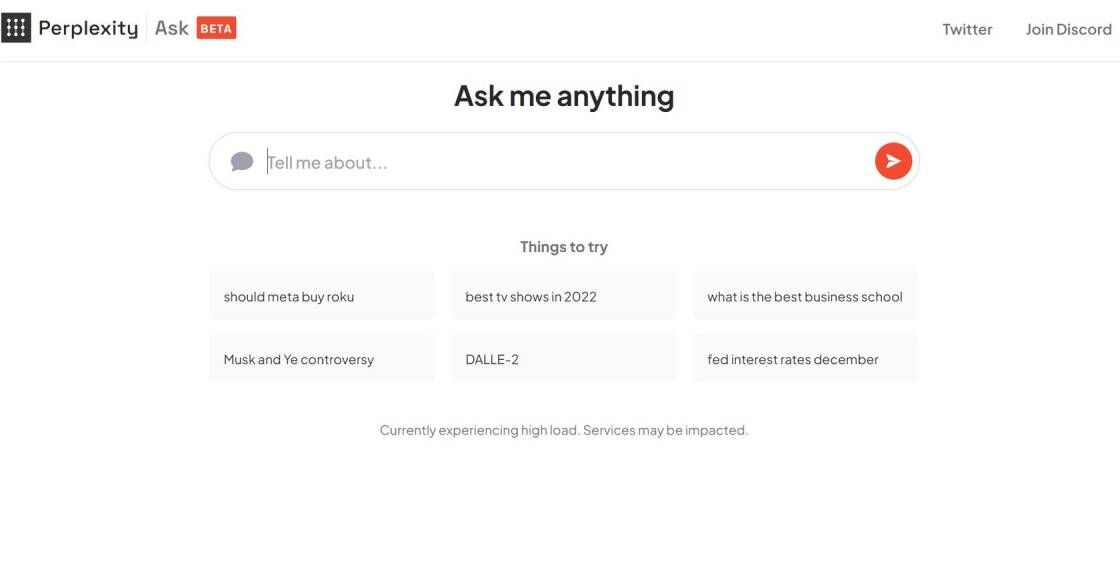
Perplexity AI
Building Smarter AI
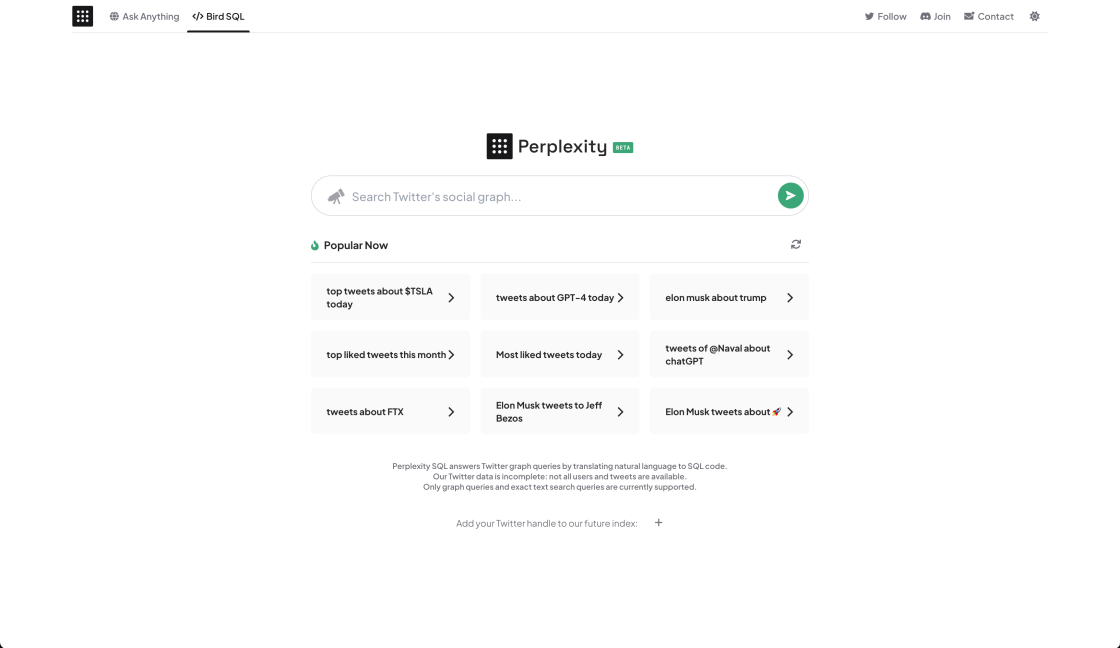
Perplexity AI: Bird SQL
A Twitter search interface that is powered by Perplexity’s structured search engine
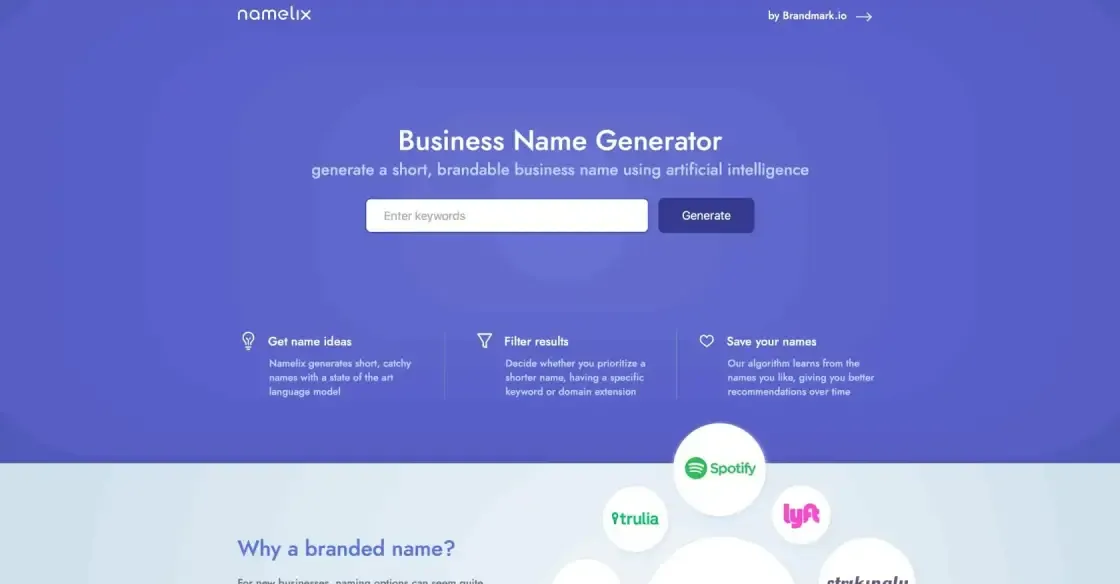
Namelix
Business Name Generator - free AI-powered naming tool - Namelix

Voicemaker
Voicemaker® - Text to Speech Converter
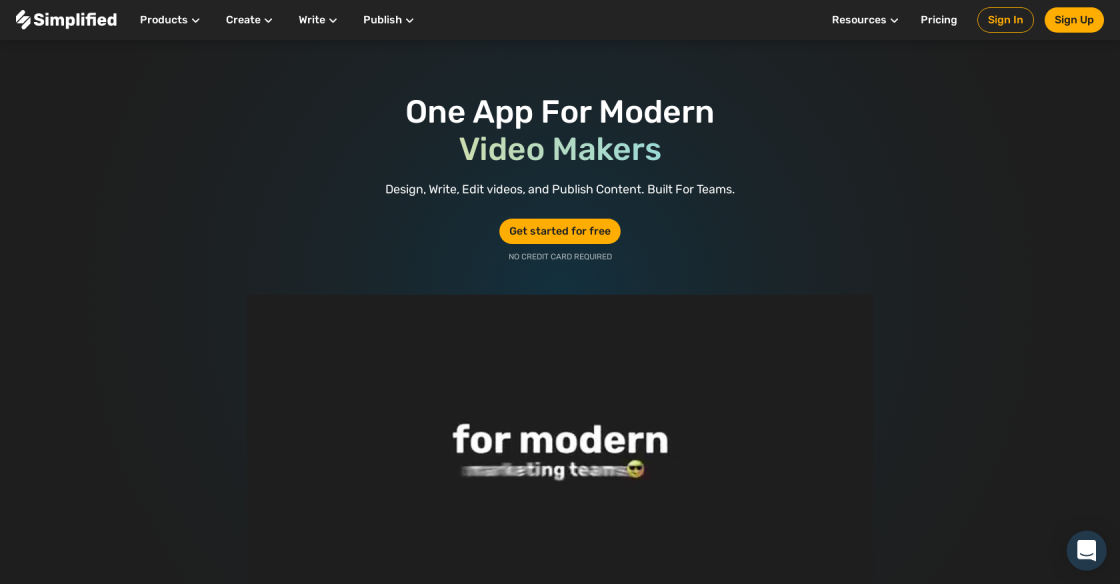
Simplified
Free AI Writer - Text Generator & AI Copywriting Assistant
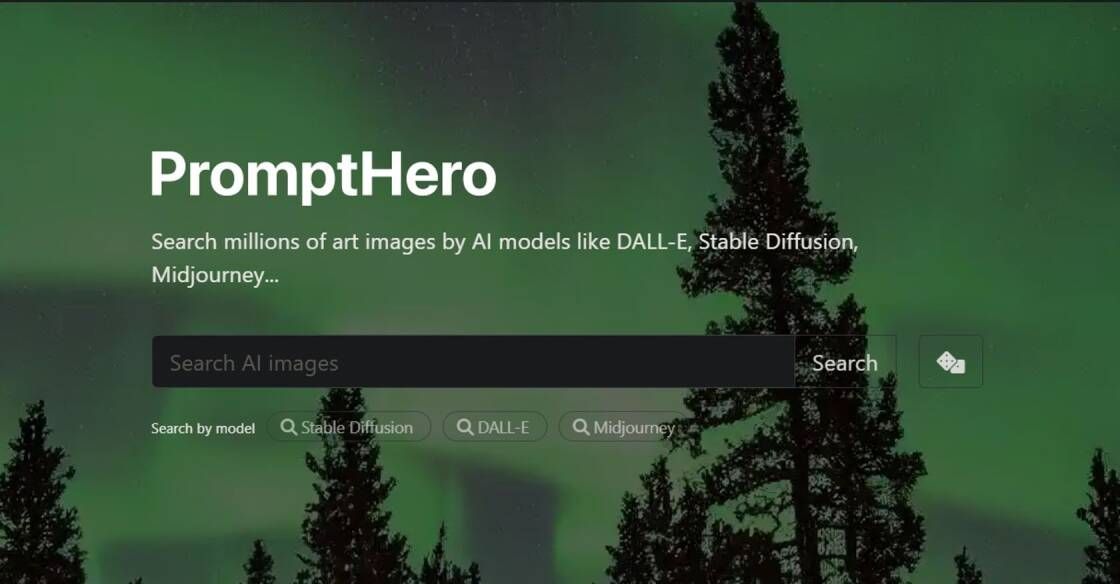
PromptHero
PromptHero - Search prompts for Stable Diffusion, DALL-E & Midjourney
Google LaMDA is the latest experimental language model created by Google, a leading technology company that is constantly striving to create innovative products. Google LaMDA is a major breakthrough in natural language processing (NLP). This revolutionary technology offers the potential to interact with computers in a more human-like manner, allowing for more natural conversations between humans and machines. It is able to understand complex language capabilities such as contextual understanding, coreference resolution, and knowledge representation. Google LaMDA has been developed with the goal of creating a true artificial intelligence (AI) system. It has the potential to revolutionize how we interact with technology, making it easier to access information and complete tasks in a more natural way. Google LaMDA is an exciting step forward in the development of AI and has the potential to improve many aspects of our lives.
Google LaMDA is an experimental language model created by Google that uses advanced natural language processing techniques.
Google LaMDA is designed to understand natural language better than existing models, and to generate dialogue that is more engaging and conversational.
Google LaMDA uses a combination of advanced natural language processing techniques, such as neural networks, transfer learning, and reinforcement learning, to generate engaging and conversational dialogue.
Google LaMDA can help developers create more natural and engaging conversational experiences. It can also help improve the accuracy and quality of machine translation and text generation.
Google LaMDA can be used for various natural language tasks, such as automatic text generation, dialogue generation, summarization, and machine translation.
Google LaMDA can be used to build natural language-based applications, such as chatbots, virtual assistants, automated customer service agents, and more.
No, Google LaMDA does not require any special hardware or software. It can be used in any environment with access to the internet.
Yes, Google LaMDA is open source and available to anyone who wishes to use it.
Google LaMDA is built on top of TensorFlow and other open source libraries, such as OpenNMT, BERT, and GPT-2.
Yes, Google LaMDA is available in multiple languages, including English, Spanish, French, German, Italian, and Chinese.
| Competitor | Difference |
|---|---|
| OpenAI GPT-3 | Google LaMDA is a simpler and more lightweight language model than GPT-3; it is tuned to generate conversations, while GPT-3 is more general purpose |
| Microsoft Turing NLG | Microsoft Turing NLG has a more complex architecture than Google LaMDA, which makes it more expensive computationally |
| NVIDIA Megatron | Megatron is a much larger language model than Google LaMDA, which makes it more powerful but also more computationally expensive |
| Facebook Blender | Blender is designed for more general natural language understanding tasks than Google LaMDA, which is more focused on conversation generation |
Google LaMDA is the latest experimental language model created by Google. It stands for Language Model for Dialogue Applications, and it is designed to enable natural conversations between people and machines. With LaMDA, Google is aiming to make interactions with computers more conversational and natural.
The main goal of LaMDA is to improve the ability of machines to understand and respond to human conversations. To do this, it uses a combination of natural language understanding, text-to-speech, and reinforcement learning techniques. This allows machines to learn from interactions with humans and improve their ability to respond accurately and naturally to questions.
Google has also stated that LaMDA is capable of understanding context and can remember facts from previous conversations. This means that it can answer questions based on prior conversations, which is not something that many other language models can do.
Google LaMDA is still in its early stages and is currently being tested in various settings. It has been used in Google Assistant, Google Search, and even in the game show Jeopardy.
Google LaMDA is an exciting development in natural language processing, and it promises to revolutionize the way we interact with machines. It has the potential to make conversations between people and machines much more natural, which could open up a whole new world of possibilities.
TOP